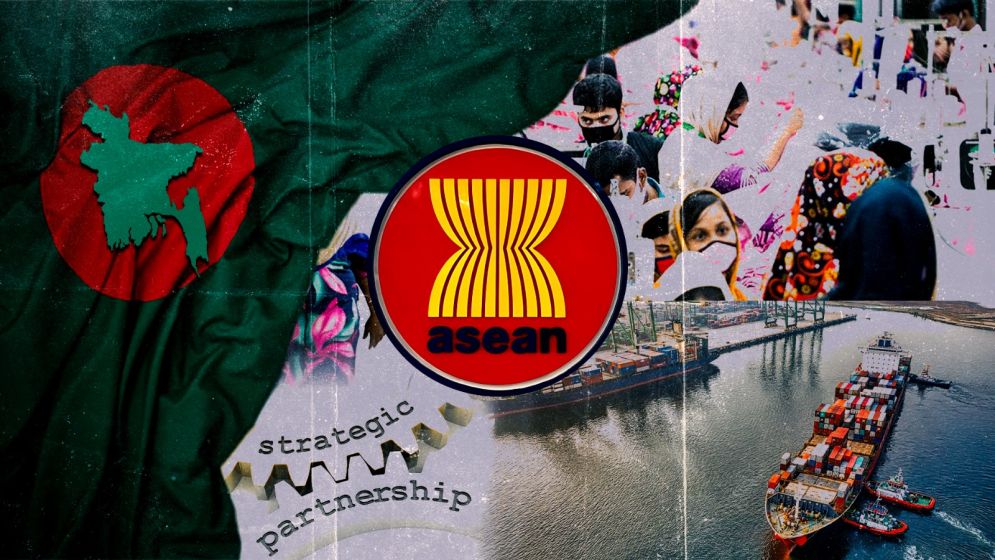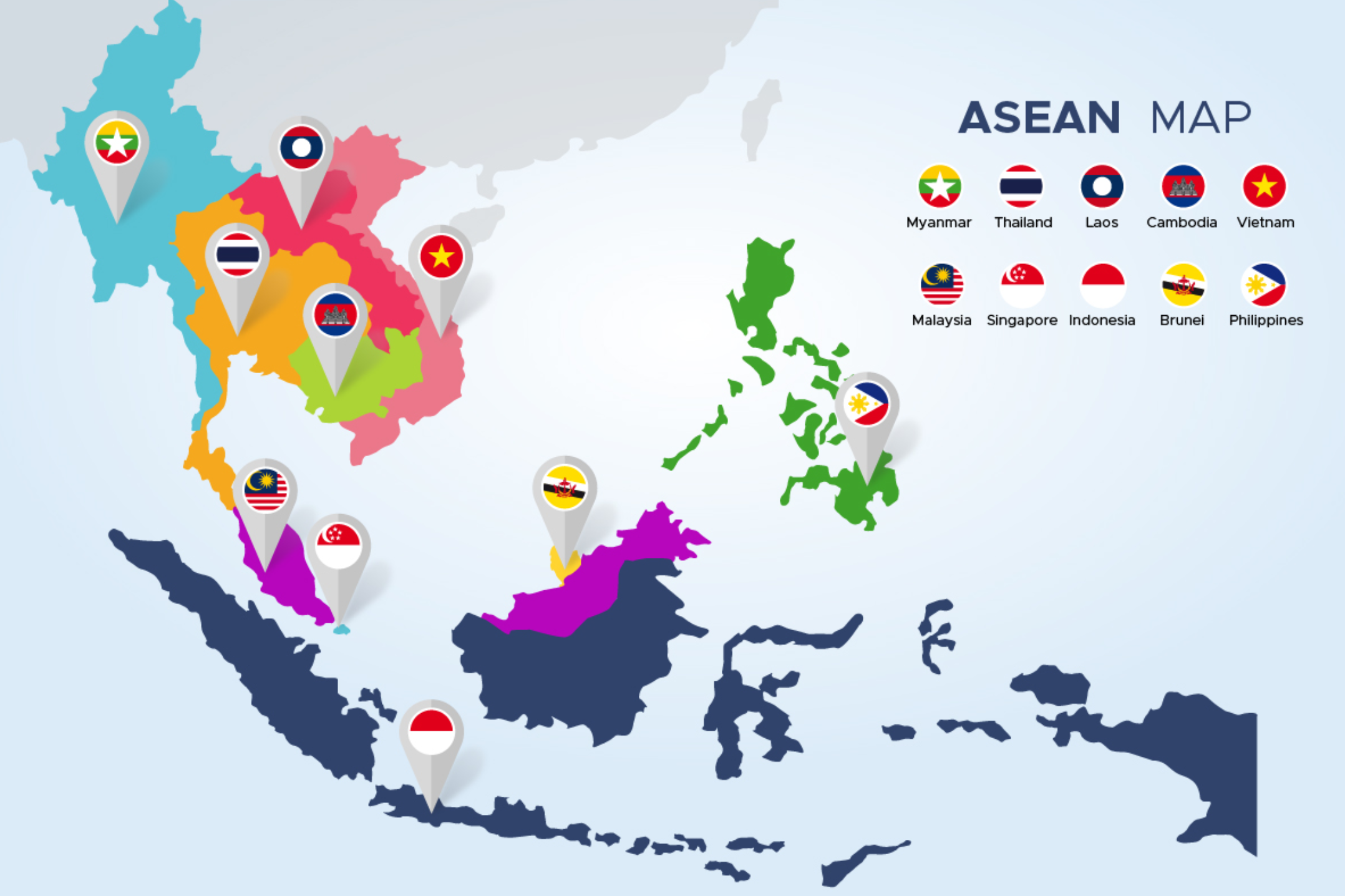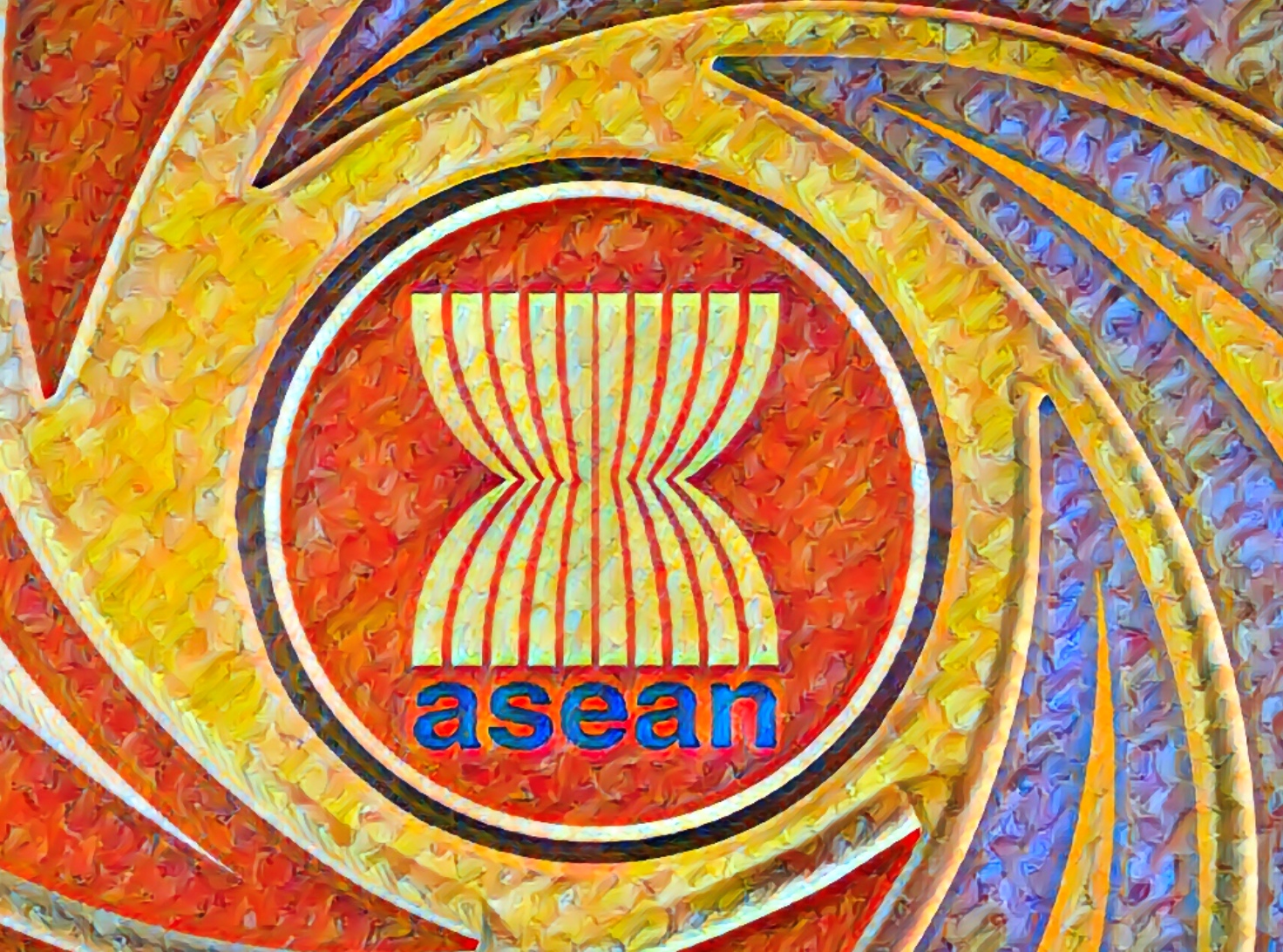Is ASEAN missing out? The case for Bangladesh's inclusion…

For decades, Bangladesh’s foreign policy has largely revolved around a singular axis–New Delhi. That era, however, may be nearing its end.
In the wake of former autocratic Prime Minister Sheikh Hasina’s removal– following a dramatic, youth-led democratic uprising that brought her 15-year reign to a close– Bangladesh is quietly, yet confidently, charting a new course.
On the list of this reorientation plan is a strategic pivot eastward: toward the Association of Southeast Asian Nations (ASEAN).
While full membership in the 10-member bloc may not be immediately on the horizon, Bangladesh’s diplomatic overtures–including a formal request to become a sectoral dialogue partner–speak volumes.
Sectoral partnerships, which allow for targeted cooperation in areas like trade, climate policy, and regional security, could lay the groundwork for deeper integration and eventual accession.
Under Hasina, Bangladesh’s foreign policy was deeply intertwined with India’s interests. Her tenure saw a flurry of bilateral agreements–from digital connectivity to maritime security–signaling tight alignment with Delhi.
But for a rising Bangladesh, economic potential and strategic depth demand a more diversified portfolio of partnerships.
The outreach to ASEAN represents more than diplomatic symbolism. It reflects a conscious effort to engage with neighbors who share cultural, historical, and economic affinities.
Our maritime arbitration successes, economic growth story, and demographic dynamism align closely with the ASEAN ethos of pragmatic cooperation and regional resilience.
The interim administration, led by economist and Nobel laureate Muhammad Yunus, has already begun laying this foundation.
In September last year, Yunus personally requested Malaysia’s support– a country with deep cultural ties to Bangladesh and poised to chair ASEAN next year. The response was cautiously encouraging.
Critics may argue the door to ASEAN remains shut, for now. But doors rarely swing open without a knock.
Bangladesh’s strategy is to press forward, building alliances issue by issue, relationship by relationship. After all, every transformation begins with intention.

Bangladesh’s case for
ASEAN entry
Once mocked as a “basket case” by global economists in the 1970s, Bangladesh has rewritten its story– and then some.
Over the past two decades, it has quietly emerged as one of Asia’s fastest-growing economies, with consistent GDP growth rates topping 6%. From once being dismissed, the country is now being studied– as a potential Asian Tiger in the making.
This transformation has not gone unnoticed. Following the student-led uprising in July 2024 that ousted a long-entrenched autocrat, the installation of a global figure like Muhammad Yunus as interim leader has rekindled national optimism.
It has also opened a rare and crucial window to reimagine Bangladesh’s place in the region– one that looks not just westward to South Asia, but eastward toward Southeast Asia.
Imagine an ASEAN augmented by Bangladesh. The country is the world’s second-largest exporter of ready-made garments and a hub of affordable manufacturing. This offers ASEAN economies a powerful partner in building more resilient, decentralized supply chains.
Bangladesh’s cost-competitive labor force, coupled with its maturing industrial base, presents ASEAN with an opportunity to broaden its economic map at a time when diversification is not only prudent– it’s essential.
But Bangladesh is more than factories and forecasts. It holds a geographical ace: the busiest port in the Bay of Bengal. Chattogram is a gateway to South Asia and it is a critical node for Indo-Pacific maritime trade, positioned just off major shipping lanes between China, the Middle East, and Southeast Asia.
For ASEAN, Bangladesh could be the link that connects the continental heart of Asia to the vast Indian Ocean.
Yet, the current numbers are telling–and troubling. Trade with ASEAN accounts for just 10% of Bangladesh’s total trade volume, while non-ASEAN Asian countries and Europe make up 42% and 31%, respectively.
That trade gap underscores a glaring missed opportunity. It also points to how much both sides stand to gain from stronger economic integration.
More robust trade ties and shared production networks would not only create jobs and increase market access but also shield both ASEAN and Bangladesh from the volatility of global supply chains increasingly shaped by geopolitics, protectionism, and pandemics.
Bringing Bangladesh into ASEAN would also inject fresh vitality into ASEAN’s global standing as a manufacturing and export powerhouse.
For Dhaka, membership would unlock access to a vast common market and embed the country more deeply into frameworks like the Regional Comprehensive Economic Partnership (RCEP), accelerating its regional economic integration.
It is essentially a two-way street. Bangladesh brings more than factories and fast-growing GDP figures. It brings people– and potential.
Besides, with one of the youngest workforces in Asia, a rising consumer class, and an industrial base already wired into global supply chains, Bangladesh offers ASEAN exactly what it needs to remain competitive in the long term.
As countries like Thailand, Singapore, and Vietnam grapple with aging populations and shrinking labor pools, Bangladesh’s demographic dividend could help bridge critical gaps.
The country’s large and increasingly skilled labor force isn’t just surplus — it’s strategic.

Where lies the scope?
And ASEAN already knows this, albeit informally. Bangladesh is one of the largest sources of migrant labor in Southeast Asia, particularly in sectors like construction, agriculture, and services.
Formalizing this existing labor flow through structured regional mechanisms could pave the way for better labor standards, protections, and sustainable human capital development — a win-win for both sending and receiving nations.
Beyond traditional labor, Bangladesh also has an emerging edge that remains underleveraged: its low-cost, underutilized talent pool in STEM — science, technology, engineering, and mathematics.
Every year, thousands of Bangladeshi graduates enter the job market with technical degrees but limited local opportunities. ASEAN, with its growing appetite for advanced manufacturing and tech innovation — especially in the semiconductor sector — could find in Bangladesh a ready partner.
Countries like Malaysia, Vietnam, and Singapore are pouring resources into high-tech industries. Bangladesh can complement these efforts not only with labor but with brains– offering a critical infusion of talent, partnerships, and knowledge exchange that will be necessary for ASEAN to climb the value chain.
At a moment when the global economy is being redrawn by geopolitics, shifting demographics, and climate pressures, regional blocs like ASEAN cannot afford to operate on legacy assumptions.
The path to resilience lies in strategic inclusion– and few countries represent a more compelling case for that inclusion than Bangladesh.
For too long, Bangladesh has been left out of regional power conversations–not because of lack of relevance, but because of entrenched biases and old assumptions.
Yet in the realm of social innovation, Bangladesh has long been punching far above its weight. It has shaped global paradigms– not with tanks or trade pacts, but with ideas that have fundamentally reimagined how societies fight poverty and build resilience from the ground up.
At the center of this soft power revolution is Yunus himself–who can be dubbed as the father of microfinance. His model of collateral-free lending has empowered millions across the developing world, sparking grassroots entrepreneurship and self-sufficiency in places long neglected by traditional institutions.
There are also practical geopolitical considerations. Bangladesh has borne the brunt of the ongoing Rohingya crisis, sheltering nearly a million refugees from neighboring Myanmar.
This humanitarian burden is not Bangladesh’s alone–Malaysia and Indonesia, too, have taken in Rohingya refugees. A more formal relationship with Bangladesh could allow ASEAN to take a more coordinated and humane regional approach to this protracted crisis, with Dhaka offering both moral leadership and logistical expertise.
Moreover, Bangladesh has demonstrated its ability to navigate complex legal and geopolitical terrain.
Its peaceful resolution of maritime disputes with both India and Myanmar through the UN’s International Tribunal for the Law of the Sea (ITLOS) stands as a model of legal diplomacy that ASEAN, grappling with its own South China Sea disputes, would do well to study.
Yes, the challenges are real. Myanmar’s post-coup paralysis has left ASEAN deeply divided, with members like Indonesia and Singapore taking hard stances against the junta while others– including Thailand– opt for quiet diplomacy.
In such a fractured environment, the appetite for expansion may be limited.
And yes, Bangladesh lies outside the traditional ASEAN geography. But so did Timor-Leste who in all likelihood will get a membership soon. And with global fault lines shifting and economic corridors evolving, perhaps it’s time to redraw the mental map of what Southeast Asia can and should be.
Geography may be fixed. Relevance is not.
—
Md Sazzad Amin is an entrepreneur and an armchair political analyst

